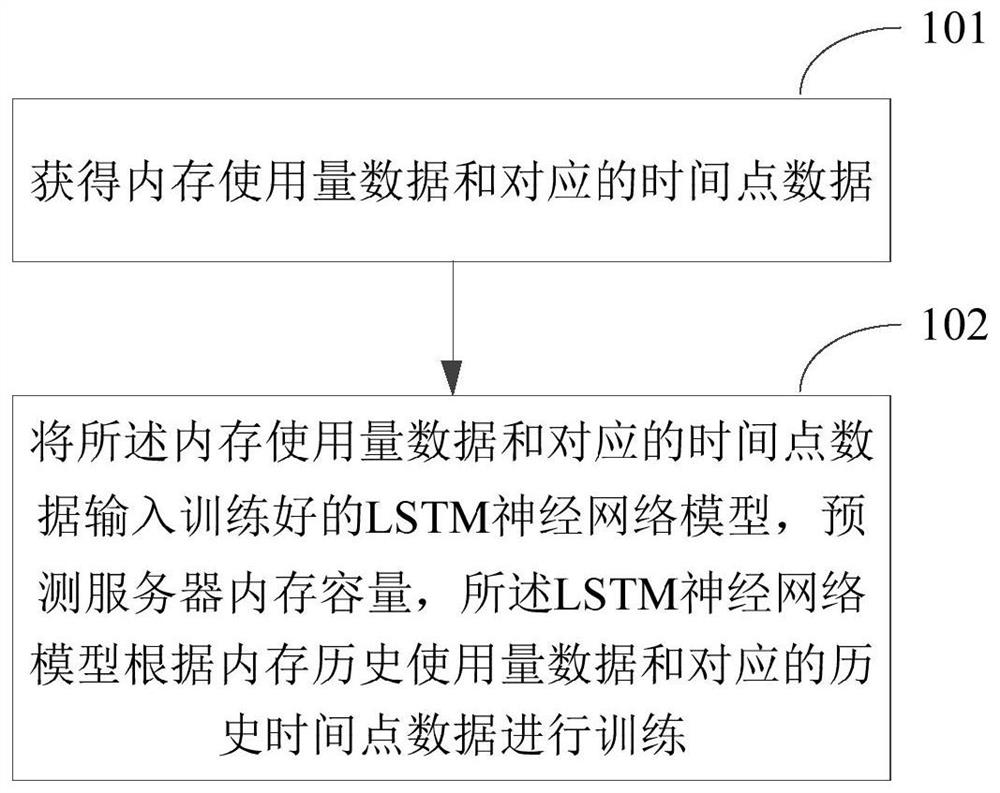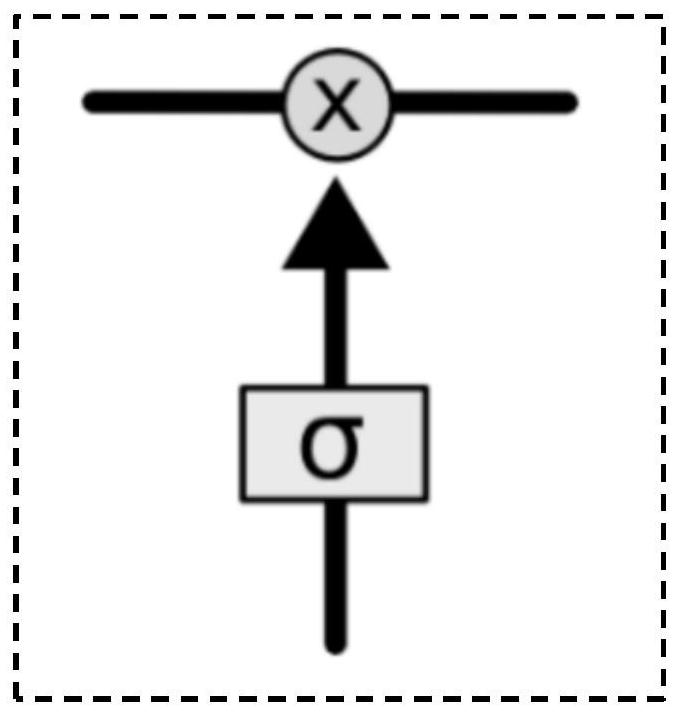Server memory capacity prediction method and device
A technology of memory capacity and prediction method, applied in the field of server memory, can solve the problem of complex maintenance cost of ARIMA model, achieve the effect of low data stability requirements, ensure prediction accuracy, and simple maintenance cost
- Summary
- Abstract
- Description
- Claims
- Application Information
AI Technical Summary
Problems solved by technology
Method used
Image
Examples
Embodiment Construction
[0020] In order to make the purpose, technical solutions and advantages of the embodiments of the present invention clearer, the embodiments of the present invention will be further described in detail below in conjunction with the accompanying drawings. Here, the exemplary embodiments and descriptions of the present invention are used to explain the present invention, but not to limit the present invention.
[0021] First of all, the nouns involved in the embodiments of this application are introduced:
[0022] LSTM: Long Short Term Memory Network, the full name is Long Short Term Memory. It is a time cyclic neural network, which is specially designed to solve the long-term dependence problem of general RNN (cyclic neural network), and it is an improved version of RNN neural network. The difference between it and RNN is that it introduces the concept of cell state. Unlike RNN, which only considers the most recent state, the cell state of LSTM will determine which states are ...
PUM
 Login to View More
Login to View More Abstract
Description
Claims
Application Information
 Login to View More
Login to View More - R&D
- Intellectual Property
- Life Sciences
- Materials
- Tech Scout
- Unparalleled Data Quality
- Higher Quality Content
- 60% Fewer Hallucinations
Browse by: Latest US Patents, China's latest patents, Technical Efficacy Thesaurus, Application Domain, Technology Topic, Popular Technical Reports.
© 2025 PatSnap. All rights reserved.Legal|Privacy policy|Modern Slavery Act Transparency Statement|Sitemap|About US| Contact US: help@patsnap.com



